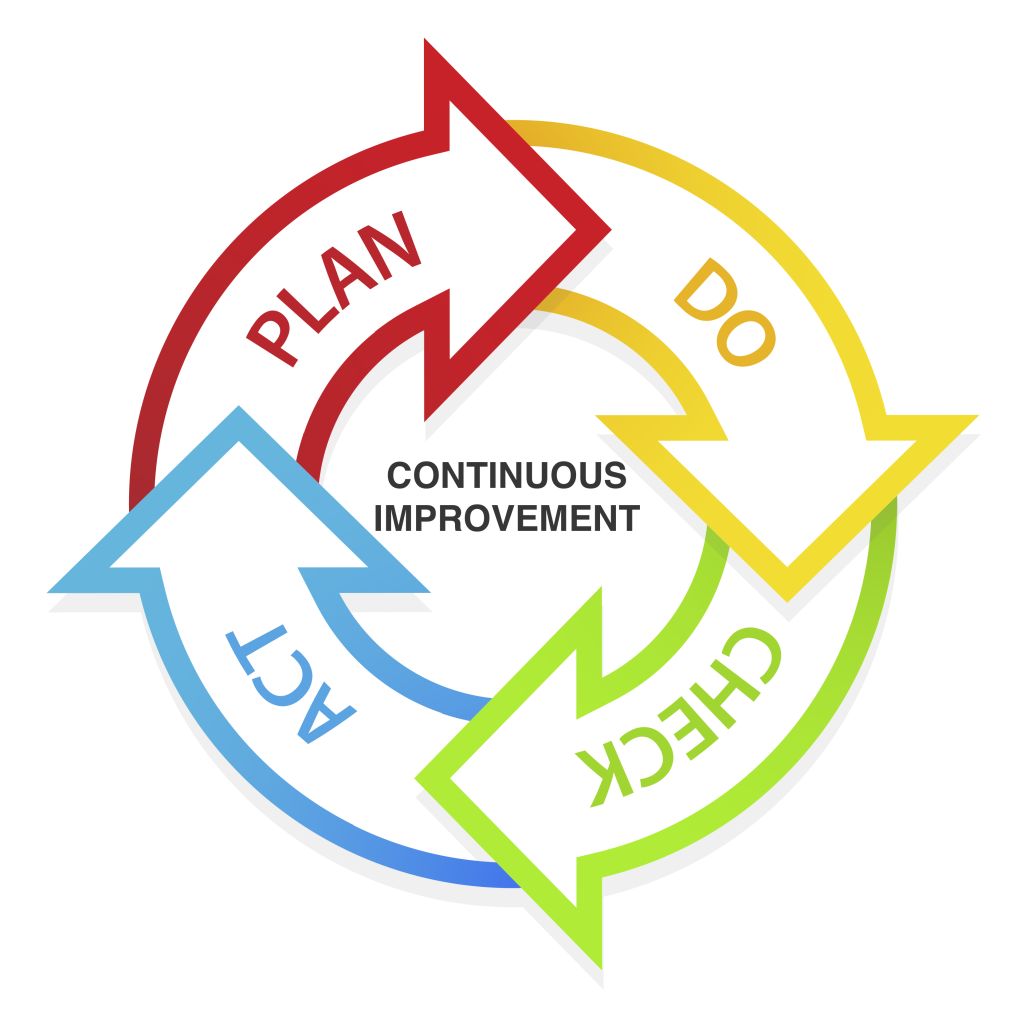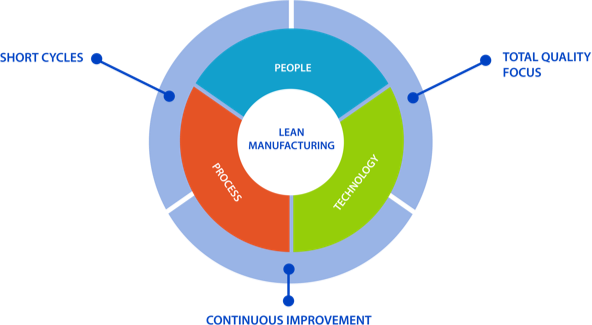LEAN distribution management can help utilities with the rapidly changing landscape of the industry. Aging infrastructure combined with decentralized generation is leading to a cosmic shift in the way utilities operate their grid.
To make the right decisions and to enable dynamic changes along the way, the principles of LEAN manufacturing can be applied to energy distribution.
“Utilities are sitting on a wealth of opportunity from data analytics, with more information than ever before flowing from smart meters and other sensors, along with traditional sources of data about their operations.”
– Christophe Guille & Stephan Zach, Bain & Co.
Rapid Feedback and Iteration as the core of LEAN
The main issue facing utilities is that most of their infrastructure investments are high-capital expenditures with long lead times and multi-decade technical lifespans. It is easy to see how in a rapidly changing world the wrong decisions can lead to obsolescence.
LEAN Gemba, an essential part of the LEAN philosophy, which emphasizes the importance of obtaining information from the place where the real value is created, is also touched through this strategy. Taking that, how can we harness information that can be captured from the current grid to better predict what is necessary? How can we make incremental changes and test their outcomes in real time?

The LEAN cycle
Our intent is to enable utility companies to understand their grid a few levels deeper than currently is the case. We do this by providing tools to implement the LEAN Cycle (Plan, Do, Check, Act). The steps a utility would go through are:
- Working from a pain-point or planned action, set up a certain hypothesis about their grid. Use a software tool to predict what data is required and where additional sensors may need to be placed;
- Set up a localized sensor network of low cost, live-line rapidly deployable sensors to work with currently deployed network sensors (SCADA, AMI/AMR, etc.);
- Visualize & analyze live data in a software platform. Assess power imbalances, view connectivity issues, understanding the impact of changes in the grid and pinpointing issues;
- By connecting field crews and grid operations teams through a synchronized application & platform, changes can be made instantly;
- Repeat the process until a desirable understanding of the grid has been achieved;
- KPIs such as Reliability, Loss Percentage, Response Time, Risk Mitigation, Operation Costs, Customer Engagement will all improve as a result.
Increase Productivity with True Grid Intelligence (TGI)
Software and sensors are ever declining in cost and increase in capability. Awesense is at the forefront of this development with its rapid deployment kit.

LEAN Use Cases
The cases that we have solved so far revolve around helping utilities better understand their grid. These are sometimes driven by revenue protection targets (localizing non-technical losses) and sometimes by events (outage detection). Users find that they can use the improved insight into their grid to improve planning and prediction requirements. Disaster recovery has been another area where improved real-time sensor data can increase response time, reduce costs and increase customer engagement.
With utilities often over-spending on resources and struggling to innovate in the right ways, a simple approach to understanding your grid through dynamic, easily deployable sensors and intelligent software will make operations and field teams more productive. This allows you to speed up your transition to Grid 2.0 and renewables faster and more effectively.


